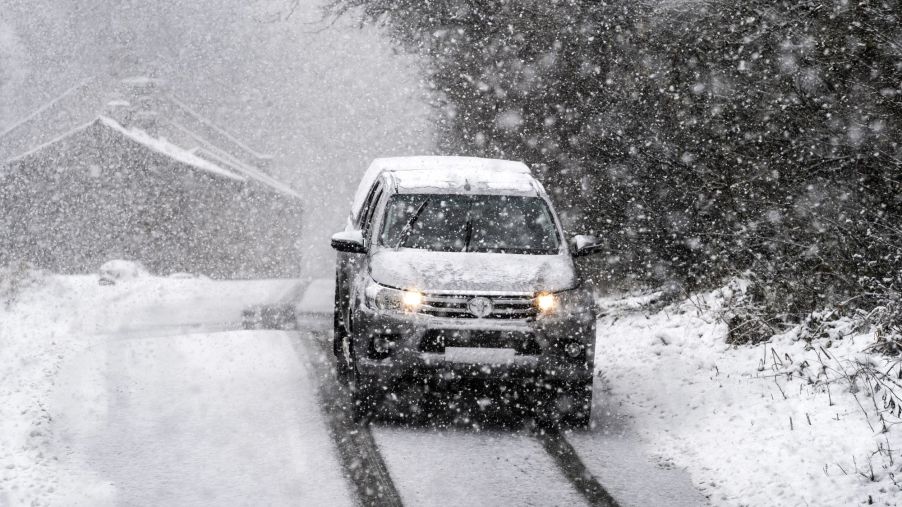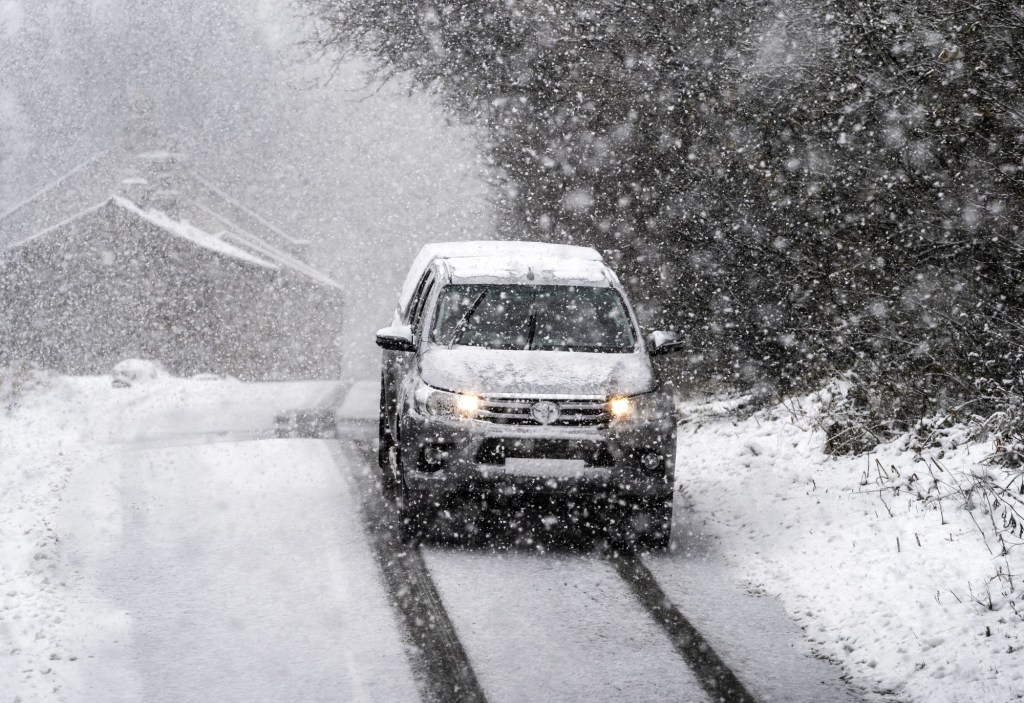
AWD or 4WD: Which Is Better in the Snow?
Winter is in full swing, and unless you live in a sunny state with mild weather, you may be looking for a vehicle that can handle the snow. The two main choices when you’re considering car safety is either AWD or 4WD. However, what do these two car terms mean, and which is the best when it comes to snow?
What is an all-wheel drive system?

According to Kelley Blue Book, all-wheel-drive (AWD) is a system where the vehicle can send torque to all four tires without driver input. This means that the vehicle will automatically do the work for you.
There are several different types of AWD systems, so before you go shopping for a vehicle, it’s essential to familiarize yourself with each. The two terms you’ll hear most are part-time AWD or full-time AWD.
Part-time AWD, also known as on-demand, means your vehicle usually uses the front two wheels. If one or both wheels start to slip, the torque will be shifted to the back two wheels.
Full-time AWD is when the vehicle is sending torque to all four wheels, at all times. One or more wheels may get more torque if the others are slipping. For example, if your front wheels begin to slip and the back tires have more traction, most of the torque will go to the rear.
What is four-wheel drive system?
Four-wheel drive (4WD) is similar to AWD. Both systems send torque to all four tires, but there are a few differences.
According to Kelley Blue Book, “Four-wheel drive still sends power to all four wheels, but it creates a lock between the front and rear axles, keeping the axle speeds the same. This reduces wheel spin when there is low traction—such as gravel and deep snow—but it keeps your vehicle from being able to corner as well as when it’s in 2WD.”
The most common type of 4WD vehicle is the part-time. There is also a high-range, which means you use a dial, lever, or button to go into high-range. It’s not recommended for on-road use unless you drive in snowy conditions.
The low-range 4WD is suitable for extremely deep snow. This option gives you the most torque for each wheel. You can only use it while driving slowly and stop the vehicle to shift into this gear. It’s also a great option for going down a steep hill covered in ice or snow as well.
Which is best for winter weather?
As with most things car-related, it really depends on your personal needs whether AWD or 4WD is best. If you’re living in an area that doesn’t see much bad weather, and need a fuel-efficient vehicle, then AWD is your best bet. These vehicles have little trouble driving in milder conditions and use less fuel.
On the other hand, 4WD is excellent for going off-road and driving in more slippery conditions. It uses more gas than the AWD, but it’s a small price to pay for knowing you’ll arrive safely at your destination.
The 2021 Dodge Charger SXT AWD is great for going in the snow and is a blast to drive when the pavement is dry. It comes with lots of useful features such as blind-spot monitoring, rear cross-traffic alert, heated mirrors, heated front and rear seats, and a heated steering wheel.
The 2021 Chevrolet Tahoe 4WD is excellent for going in areas with heavy snow. The 7.9-inch ground clearance means you are sitting high above the ground.
When it comes to bad weather, it’s best to listen to your local government to know when you can get out on the roads and when you need to stay home. Whether you choose the 4WD or the AWD, you can get out on the roads with more confidence than a vehicle that only offers front-wheel drive.


